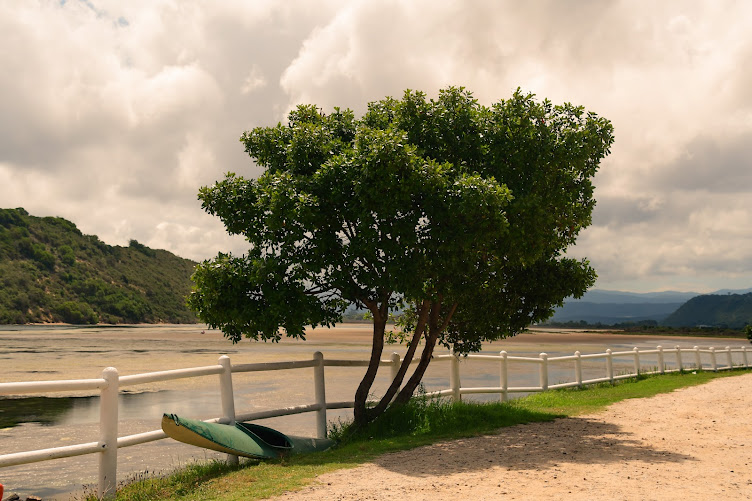 |
Babylonstoren - Franschhoek Western Cape
|
Living in Cape Town has the added benefit of all the Western Cape beauty on our doorstep, with many day drives available. It is sometimes difficult for us, as locals, to decide what to do on a gloriously sunny day. So many choices! Even after living in Cape Town forever!
Anyway, today we chose to head out to the winelands of Franschhoek, then do a circular drive back via the Theewaterskllof dam to Cape Town.
There are very many wine farms in the Franschhoek area and we would recommend that visitors try the Franschhoek Wine Tram for an exciting experience. With a number of routes to chose from, view their website: www.winetram.co.za There is a ticket office in the Main Street - very visible.
The Franschhoek valley is one of the most beautiful in the world. The French Huguenots settled in this valley over 300 years ago and brought their knowledge of winemaking with them. The tradition lives on in this quaint village and surrounding wine farms.
 |
Franschhoek Valley from the Franschhoek Pass
|
Today we chose to wander around the gardens of Babylonstoren - there is a small entry fee and the farm is extremely popular. There is also much to explore so do allow sufficient time to wander the farm at your own pace. Garden tours are available, there is a Spice House, a Farm Shop, restaurants, wine tasting and even an onsite hotel! Bookings for the restaurant "Babel" should be made in advance while the Green House is on a first come basis. Shady walks, benches in tranquil spots, an amazing display of clivias (September), Cycads, Guava Avenue and much more.
 |
Babylonstoren Farm Franschhoek Western Cape
|
For a brief lunch, we decided to try a local brewery, Franschhoek Beer Co a try. One can enjoy a beer tasting or just try any of their beers. Sitting in the brilliant sunshine, listening to a mellow jazz trio in pleasant surroundings was a treat. For beer lovers, it's a must stop!
 |
Franschhoek Beer Co
|
We headed out of the village to Mont Rochelle Nature Reserve at the top of the Franschhoek Pass where we watched in awe as the paragliders took off to fly high over the stunning Franschhoek valley below. Fun for both old and young, it's a must try for those of you with an adventurous spirit!
www.winelandsparagliding.co.za
On a clear day, you can see as far as the Theewaterskloof Dam where we were headed next.
 |
Paragliding Mont Rochelle Franschhoek Western Cape
|
Mont Rochelle Nature Reserve is extremely popular with hikers and the reserve offers a number of trails, varying in length. With stunning scenery, choose a short or longer day trail. There is an entrance fee at the gate and parking is free. The Reserve forms part of the UNESCO Cape Winelands Biosphere so the plant life and scenic views are well worth your time.
As we headed down the Franschhoek Pass and it's hairpin bends (not too many!!) we looked forward to another visit to the Theewaterskloof Dam to measure the increase in the dam levels after our much needed winter rainfall. This earth-fill dam lies in the Villiersdorp district and on the Sonderend River. It was opened in 1978 and is the largest dam servicing the Western Cape with a capacity of 480 million cubic meters. During out horrendous drough of 2017 when Cape Town nearly reached "Day Zero" this dam was only 12.9% full. Today is stands at over 94% so it's wonderful to rejoice at this water level and the scenic beauty of the dam. It is a photographers dream location.
 |
Theewaterskloof Dam Villiersdorp Western Cape
|
On the way back, do stop at one of the farmstalls on the N2 for tea and cake or something more filling before heading back to Cape Town. A perfect day out.
 |
Theewaterskloof Dam Villiersdorp Western Cape
|
































